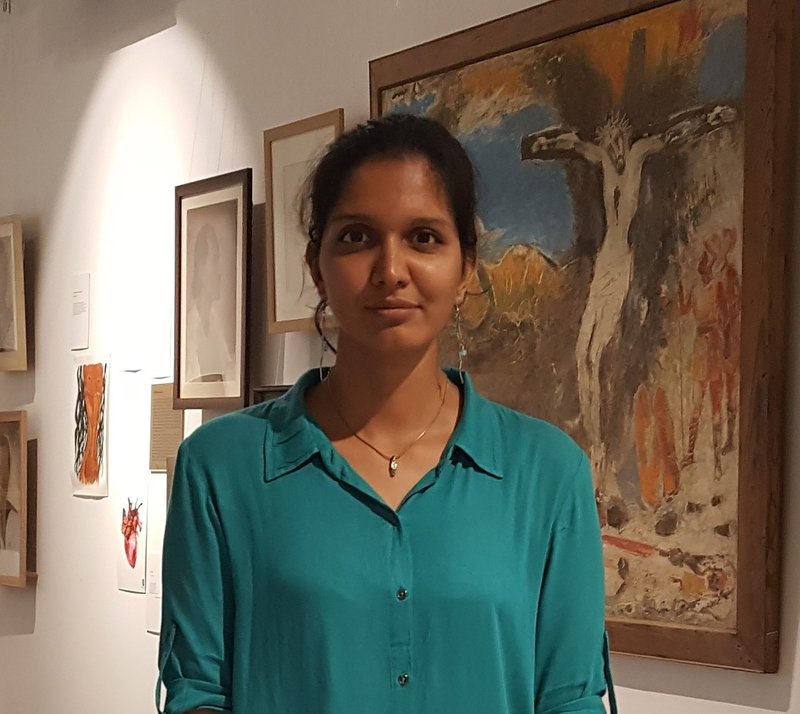Srajana Jayant Kaikini

The CIMAM 2018 Annual Conference the Museum in Transition was a welcome gathering that enabled the art institutional world to address pressing questions around the transformations in cue for the space of the museum in the world and its relevance to the arts. We are witnessing sweeping changes in ways of the contemporary arts across the globe. Following are some key insights from the panel discussions.
How do you go about expanding the collections in the museums to the “Others” without falling prey to the hubris of inclusivity? What story drives these collections? What restrains museum collections from becoming everything and nothing? Can there be anything like a global museum in the first place? These were some challenges posed by Loulou Cherinet and implied by Victoria Noorthorn. Katya García-Antón’s elaboration on the Sami Art Museum embodied such a sensitivity to Nordic colonial histories and the need for an activist strategy in enabling the marginalized history to be given visibility in the context of the global North’s overpowering presence. The panel on The Future Intelligence of Museums raised equally pressing concerns regarding the issues of technological force in exhibition infra-structures. With the philosophical notion of cosmotechnological futurism proposed by Yuk Hui and the re-examination of the “ontological debt” that art has to the substance of technology by Lars Bang Larsen, it was clear that the discussion on the notion of intelligence had been conflated with the idea of technology and that of “artificial intelligence”. As a criticism, it can be said that the pre-supposing of such equivalence between intelligence and technology can do more harm than good in pushing the discourse towards better humanist models for the future. The panel on ethics was insightful in foregrounding recent cases where the curators have been at the center of ethical conflicts and controversies. While this was true to the Euro-American context as spoken by Jorg Heiser and Ahmet Ogut, Mami Kataoka rightly pointed out that the notion of public/ private in space, funding, and co-dependence has always been blurred and un-categorized in the Eastern world due to an inevitable need to sustain the institution as a priority.
Having seen the kind of questions raised in the conference, it is clear that the urgency for the contemporary art institutions is to re-examine its pre-suppositions in order to emancipate itself from the hidden biases that underride most of its professional workings. By re-examining fundamental definitions that guide institutional policies, it is possible to harness The Museum in Transition in a fruitful and creative way. The conference has been successful in bringing together a large diverse set of professionals together under one roof to know each other’s work. To conclude, I would suggest more interdisciplinarity to enter into the curation of the panels. This will ensure a sync between the art world and the world at large and avoid solipsism that often plagues well-established institutions. I would also suggest that CIMAM actively focusses on its presence, relevance and potential in the global South as an enabler of informed decisions and formation of progressive communities in the artworld.